Keyword
opendata
59319 record(s)
Provided by
Type of resources
Available actions
Topics
Keywords
Contact for the resource
Update frequencies
Service types
-

Statistical units of Germany, derived from the german digital landscape model at scale 1:250000. Mapped via EuroBoundaryMap to satisfy INSPIRE conformance. The dataset is available as Open Data.
-

INSPIRE theme Elevation (depth contours). It contains the depth contour of hydrographic surveying.
-
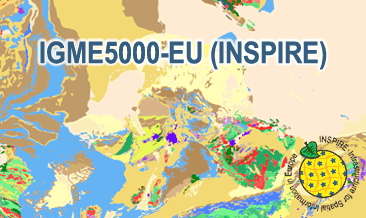
The IGME5000-EU (INSPIRE) represents the pre-quaternary bedrock geology (onshore and offshore) of the European map on a scale of 1:5,000,000. According to the Data Specification on Geology (D2.8.II.4_v3.0) the geological map provides INSPIRE-compliant data. The WMS IGME5000-EU contains layers of the geologic units (GE.GeologicUnit) and faults (GE.GeologicFault) mostly displayed according to the INSPIRE portrayal rules. The geologic units are represented graphically by stratigraphy (GE.GeologicUnit.AgeOfRocks) and lithology (GE.GeologicUnit.Lithology). For different geochronologic minimum and maximum ages, e.g. Ordovician - Silurian, the portrayal is defined by the color of the geochronologic minimum age (olderNamedAge). The portrayal of the lithology is defined by the first named rock or rock group. In case of the geologic units the user obtains detailed information via the getFeatureInfo request on the lithology and stratigraphy (age).
-
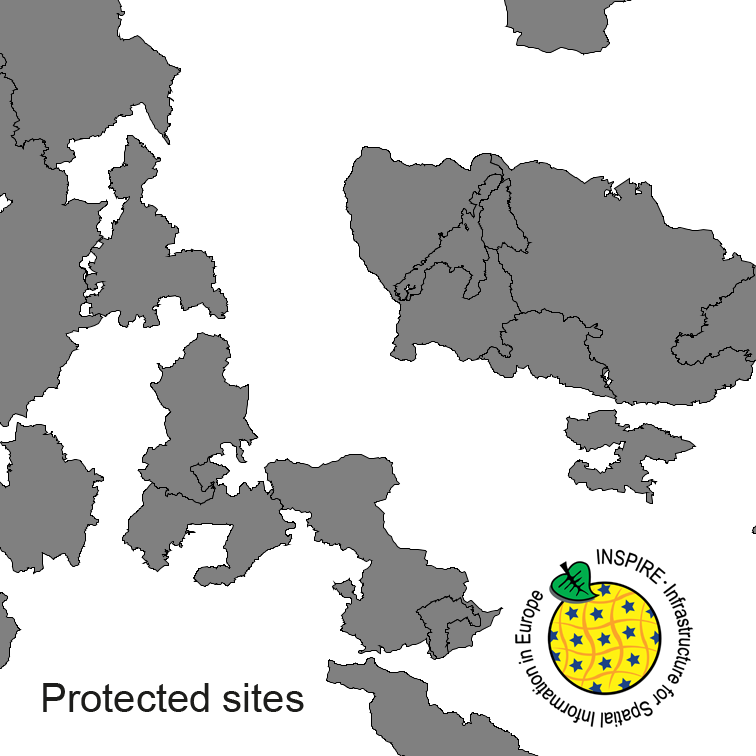
Protected Sites of Germany, derived from the german digital landscape model at scale 1:250000. Mapped via EuroRegionalMap to satisfy INSPIRE and European Location Framework conformance. The dataset is available as Open Data.
-
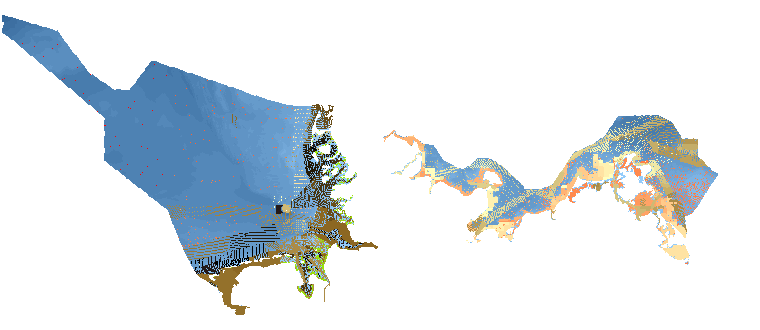
INSPIRE theme Elevation (bathymetry). Provision of the topography of the seabed in the North and Baltic Sea.
-

INSPIRE theme Elevation (bathymetry). Provision of the topography of the seabed in the North and Baltic Sea.
-
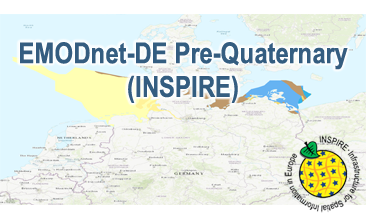
Compilation of the European Pre-Quaternary marine geology (section of Germany). Project partners are the national geological services of the participating countries. The map consists of data at highest available spatial resolution, map scale („multi-resolution“-concept) and data completeness vary depending on the project partner (as of 2016 September). According to the Data Specification on Geology (D2.8.II.4_v3.0) the geological map provides INSPIRE-compliant data. The WMS EMODnet-DE Pre-Quaternary (INSPIRE) contains layers of the geologic units (GE.GeologicUnit) displayed correspondingly to the INSPIRE portrayal rules. The geologic units are represented graphically by stratigraphy (GE.GeologicUnit.AgeOfRocks) and lithology (GE.GeologicUnit.Lithology). The portrayal of the lithology is defined by the first named rock or rock group. Via the getFeatureInfo request the user obtains detailed information on the lithology, stratigraphy (age) and genesis (event environment and event process).
-

INSPIRE theme Sea Regions.
-
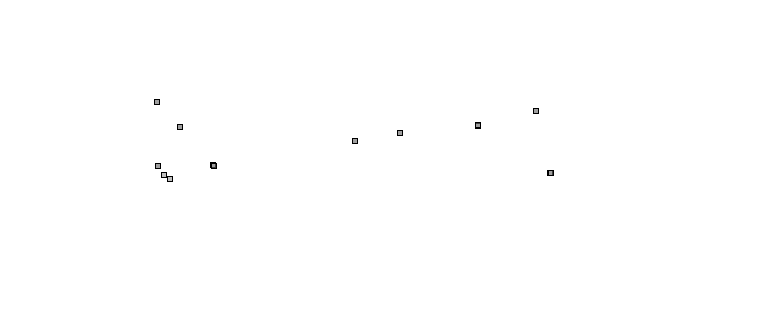
INSPIRE theme Environmental Monitoring Facilities. The data of the Marine Environmental Monitoring Network contain information on water temperature, salinity, level and current at different depths, air temperature, wind speed and direction, air pressure, humidity of the North and Baltic Sea at the stations Darßer Schwelle, Ems, Fehmarn Belt, Nordseeboje lll, Nordseeboje ll, Arkona Basin, German Bight, Fino 1, Kiel, Oder Bank.
-

INSPIRE theme Environmental Monitoring Facilities. The data of the Marine Environmental Monitoring Network contain information on water temperature, salinity, level and current at different depths, air temperature, wind speed and direction, air pressure, humidity of the North and Baltic Sea at the stations Darßer Schwelle, Ems, Fehmarn Belt, Nordseeboje lll, Nordseeboje ll, Arkona Basin, German Bight, Fino 1, Kiel, Oder Bank.
 INSPIRE-1
INSPIRE-1